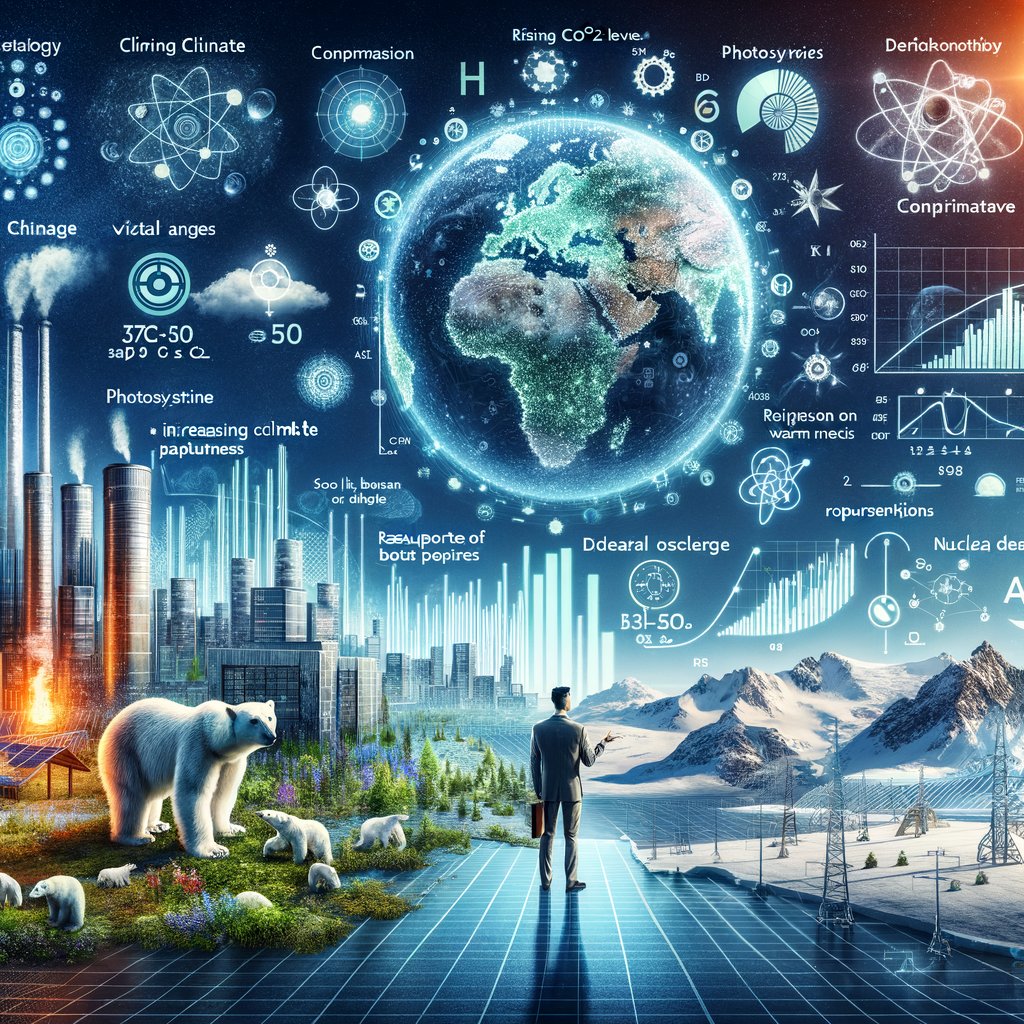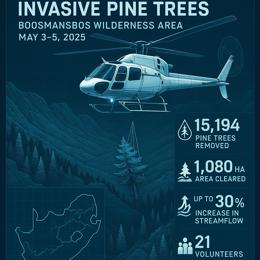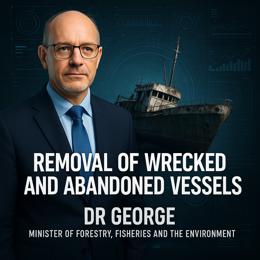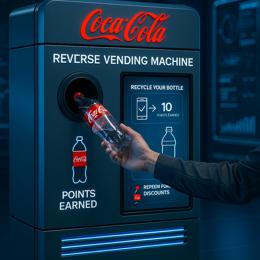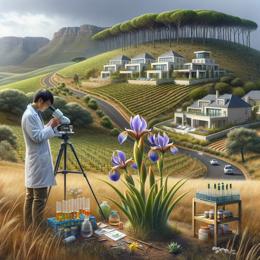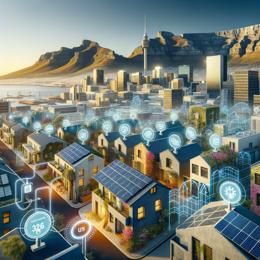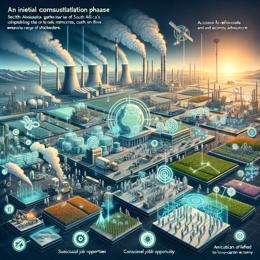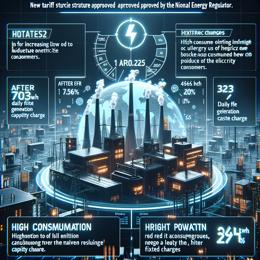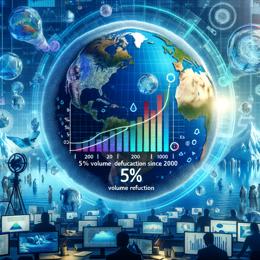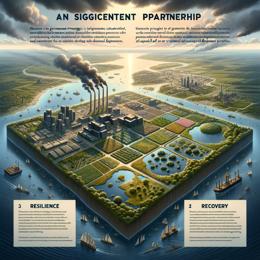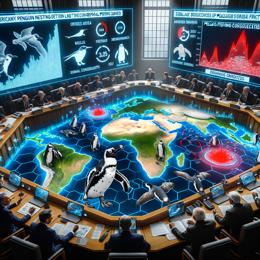Image created by AI
Debunking Climate Catastrophe: Rob Hersov's Fiery Rebuttal to Net Zero Policies
In a vehement discourse, South African entrepreneur Rob Hersov takes a contrarian stance against the widely accepted rhetoric of impending climate doom and the global rush towards Net Zero emissions. Hersov, known for his outspoken opinions, delves into historical climate patterns, the role of CO2, and the current environmental policy landscape, providing an alternative perspective that challenges the mainstream climate change narrative.
Hersov begins by dismantling the apocalyptic messaging propagated by some scientists and politicians, suggesting that the use of fear is a tactic to garner political and financial support. He argues that the correlation between rising CO2 levels and global warming is not as straightforward as presented by the media and environmental groups. By emphasizing natural climate cycles, Hersov points out that Earth has undergone numerous temperature fluctuations long before industrialization.
Central to his argument is the role of CO2. Contrary to being the villain, Hersov posits that CO2 is crucial for plant life, essential for photosynthesis, and beneficial for the greening of the planet—a fact supported by NASA observations of increasing vegetation cover. He criticizes the dramatic reduction of fertilizers in agriculture under environmental constraints, which he believes jeopardizes crop nutrition.
Hersov also dispels myths surrounding the decline of polar bear populations, citing data that shows their numbers have actually increased due to hunting restrictions, rather than decreased due to melting ice caps. He extends this argument to global sea level changes, suggesting that historical evidence points to natural ebbs and flows rather than a straightforward crisis caused by global warming.
Furthermore, Hersov criticizes the reliance on renewable energy sources like wind and solar, which he claims are less reliable and more CO2-intensive in their lifecycle compared to nuclear power. Here, he highlights a discrepancy in environmental policy that often overlooks more sustainable options due to political and public biases.
Drawing examples from historical warm periods, such as the Roman and Medieval Warm Periods, Hersov asserts that the Earth's current climate state is part of a larger interglacial cycle, suggesting the planet is merely in a temporary warming phase between ice ages.
In conclusion, Hersov calls for a more nuanced discussion on climate change, urging for policies backed by comprehensive data and rational debate instead of fear-driven decisions. His perspective invites readers to question widely held beliefs about climate change and consider a broader array of data before formulating environmental policies.
